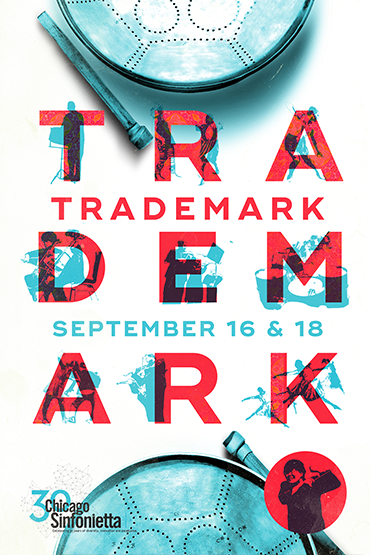
Buckle up. Be adventurous as we take you on a trip to the Caribbean with NIU's steel drum ensemble and fall in love with Chicago's finest Cerqua Rivera Dance Theatre.
Explore our digital guide and discover the composers who have made history and those who are leaving their mark.
Explore our digital guide and discover the composers who have made history and those who are leaving their mark.
COMPOSERS | GUEST ARTISTS | LISTENING GUIDE | BRIDGE |

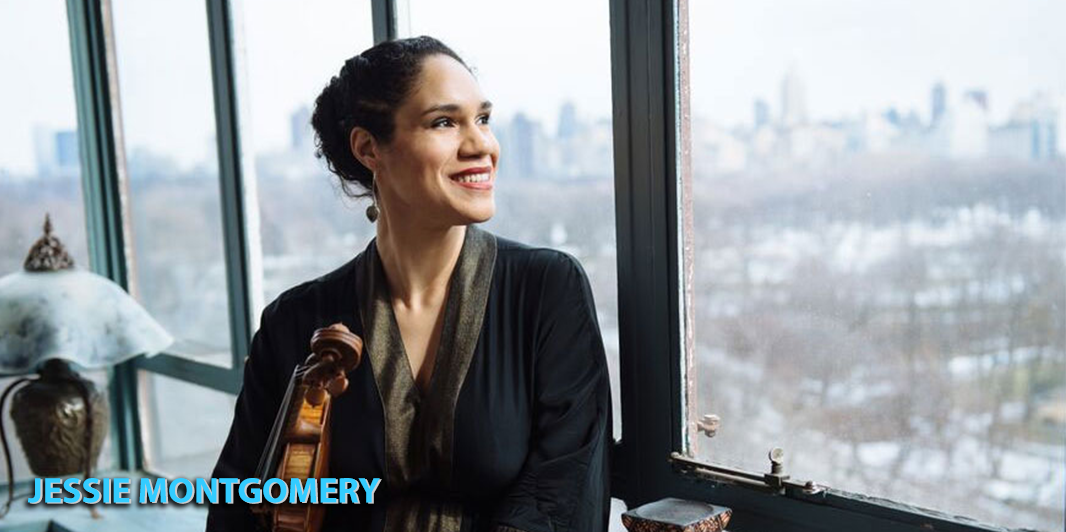
JESSIE MONTGOMERY (b.1983)
A native of New York, Jessie Montgomery is a violinist, composer and music educator. She has recently been acknowledged by the American Composers Orchestra, the Joyce Foundation and the Sorel Organization as a rising composer. Her music has been highlighted on national radio by Q2 Music and National Public Radio. As a musician and collaborator, she has performed with the Catalyst Quartet which has been defined by New York Times as “invariably energetic and finely burnished…performing with earthly vigor.”
Since 1999, Montgomery has been associated with the Sphinx Organization , a Detroit-based national organization dedicated to supporting the accomplishments of young African-American and Latino string players. Montgomerry's work, Coincident Dances, is part of Project W - Chicago Sinfonietta's initiative to commission works by four diverse women composers. This will mark the world premiere of her work.
A native of New York, Jessie Montgomery is a violinist, composer and music educator. She has recently been acknowledged by the American Composers Orchestra, the Joyce Foundation and the Sorel Organization as a rising composer. Her music has been highlighted on national radio by Q2 Music and National Public Radio. As a musician and collaborator, she has performed with the Catalyst Quartet which has been defined by New York Times as “invariably energetic and finely burnished…performing with earthly vigor.”
Since 1999, Montgomery has been associated with the Sphinx Organization , a Detroit-based national organization dedicated to supporting the accomplishments of young African-American and Latino string players. Montgomerry's work, Coincident Dances, is part of Project W - Chicago Sinfonietta's initiative to commission works by four diverse women composers. This will mark the world premiere of her work.
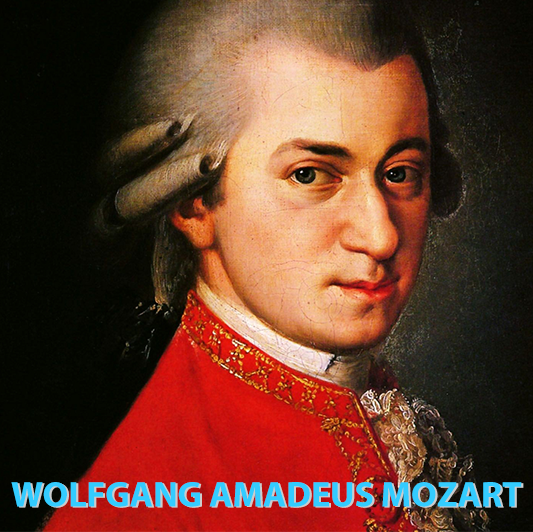
WOLFGANG AMADEUS MOZART (1756-1791)
Prolific composer and pianist, Wolfgang Amadeus Mozart was born in Salzburg, Austria as the youngest of seven children. At the age of five, he was formally composing and performing across Europe. At 13, he traveled to Italy with his father Leopold, where he wrote one of his earliest operas Mitridatite re di Ponto.
Mozart was well versed in many genres including symphonic music, operas, concertos, chamber music and sonatas. His collaboration with librettist Lorenzo Da Ponte birthed The Marriage of Figaro and Don Giovanni, some of his most highly acclaimed operas. His music paved the way for many composers thereafter.
Prolific composer and pianist, Wolfgang Amadeus Mozart was born in Salzburg, Austria as the youngest of seven children. At the age of five, he was formally composing and performing across Europe. At 13, he traveled to Italy with his father Leopold, where he wrote one of his earliest operas Mitridatite re di Ponto.
Mozart was well versed in many genres including symphonic music, operas, concertos, chamber music and sonatas. His collaboration with librettist Lorenzo Da Ponte birthed The Marriage of Figaro and Don Giovanni, some of his most highly acclaimed operas. His music paved the way for many composers thereafter.
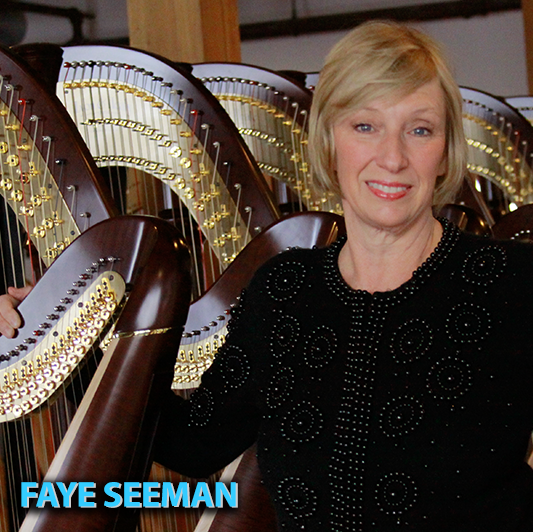
FAYE SEEMAN (b.1954)
Principal harpist of Chicago Sinfonietta since 1993, Faye Seeman has played for some of Chicago’s top dance companies such as Joffrey Ballet and Hubbard Street Dance Company. Seeman not only plays classical music, but has ventured off into jazz music as well, making her “one of the most versatile harpist in the Midwest.” She has recorded an array of music with the Kithara Trio and the “ZigZag” Jazz Harp Quartet as well as a solo artist, for her debut album “Nearer to Heaven” which features several original compositions along with transcribed favorites.
Seeman is an adjunct professor of harp studies at Wheaton College and Northern Illinois University.
Principal harpist of Chicago Sinfonietta since 1993, Faye Seeman has played for some of Chicago’s top dance companies such as Joffrey Ballet and Hubbard Street Dance Company. Seeman not only plays classical music, but has ventured off into jazz music as well, making her “one of the most versatile harpist in the Midwest.” She has recorded an array of music with the Kithara Trio and the “ZigZag” Jazz Harp Quartet as well as a solo artist, for her debut album “Nearer to Heaven” which features several original compositions along with transcribed favorites.
Seeman is an adjunct professor of harp studies at Wheaton College and Northern Illinois University.
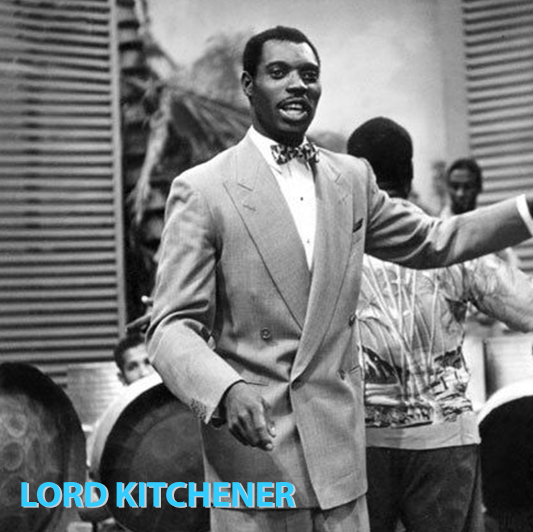
LORD KITCHENER (1922-2000)
The infamous calypsonian, Lord Kitchener was born Aldwyn Roberts in Arima, Trinidad. His father taught him how to sing, play the guitar and the calypso. At the age of 14, he began his music career as an entertainer for the employees who laid pipes for the water company. He became very popular in Arima with songs like The Shop Close Too Early and was crowned Calypso King from 1938 to 1942 in their carnival competitions.
Lord Kitchener’s music was well liked not only because it was versatile, but also because it displayed political correctness, heritage and history, all while he did it “in a voice that conveyed a dapper wink.”
The infamous calypsonian, Lord Kitchener was born Aldwyn Roberts in Arima, Trinidad. His father taught him how to sing, play the guitar and the calypso. At the age of 14, he began his music career as an entertainer for the employees who laid pipes for the water company. He became very popular in Arima with songs like The Shop Close Too Early and was crowned Calypso King from 1938 to 1942 in their carnival competitions.
Lord Kitchener’s music was well liked not only because it was versatile, but also because it displayed political correctness, heritage and history, all while he did it “in a voice that conveyed a dapper wink.”
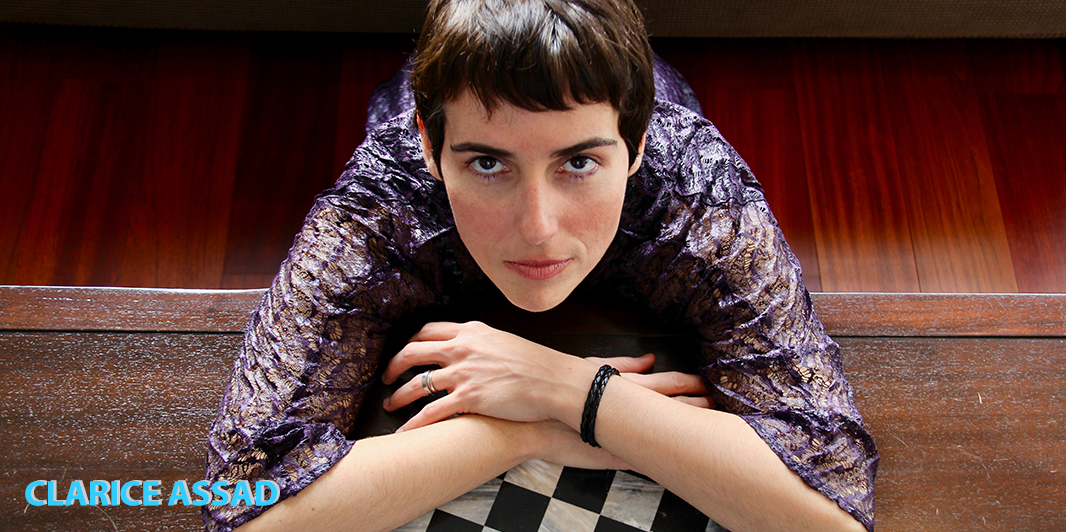
CLARICE ASSAD (b.1978)
Described as "a triple threat," Clarice Assad is a vocalist, bandleader, pianist, composer and educator from Rio de Janeiro, Brazil. She is affluent in the genres jazz, classical and pop music. Assad has performed professionally since the age of six, gracing a plethora of celebrated platforms including NPR’s All Songs Considered as a favorite of the week, Marshall Vente’s show on WDCB, and on Chicago’s WLUW with Steve Shroeder.
She descends from a brilliant family of musicians which includes her father guitarist Sergio Assad, her uncle, guitarist Odair Assad, and her aunt, singer Badi Assad. Consequently, the Brazilian artist is trademarked for her proficient musicianship and intrepid style.
Her work titled Sin Fronteras is part of Project W - Chicago Sinfonietta's initiative to commission works by four diverse women composers. This performance of her work will mark its world premiere.
Described as "a triple threat," Clarice Assad is a vocalist, bandleader, pianist, composer and educator from Rio de Janeiro, Brazil. She is affluent in the genres jazz, classical and pop music. Assad has performed professionally since the age of six, gracing a plethora of celebrated platforms including NPR’s All Songs Considered as a favorite of the week, Marshall Vente’s show on WDCB, and on Chicago’s WLUW with Steve Shroeder.
She descends from a brilliant family of musicians which includes her father guitarist Sergio Assad, her uncle, guitarist Odair Assad, and her aunt, singer Badi Assad. Consequently, the Brazilian artist is trademarked for her proficient musicianship and intrepid style.
Her work titled Sin Fronteras is part of Project W - Chicago Sinfonietta's initiative to commission works by four diverse women composers. This performance of her work will mark its world premiere.
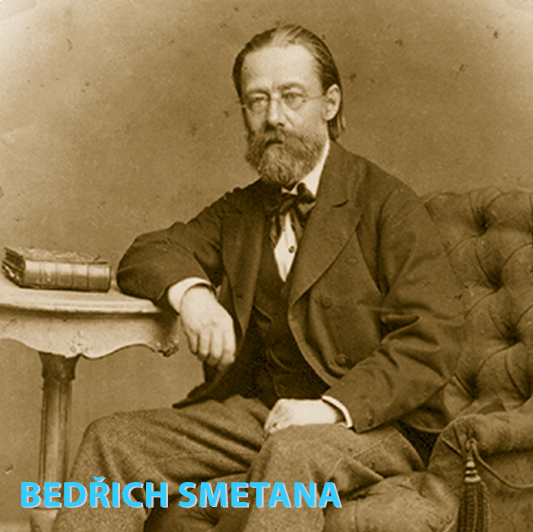
BEDŘICH SMETANA (1824-1884)
Bedřich Smetana was a Czech composer and pianist who was highly regarded in his homeland as the founder of Czech music. In his earlier years, he performed with an amateur string quartet and performed piano recitals.
He is globally known for his works the Bartered Bride and Má Vlast (My Homeland). He founded a piano school in Prague in 1848 and in 1856 was appointed conductor of the philharmonic society in Gothenburg, Sweden.
Bedřich Smetana was a Czech composer and pianist who was highly regarded in his homeland as the founder of Czech music. In his earlier years, he performed with an amateur string quartet and performed piano recitals.
He is globally known for his works the Bartered Bride and Má Vlast (My Homeland). He founded a piano school in Prague in 1848 and in 1856 was appointed conductor of the philharmonic society in Gothenburg, Sweden.

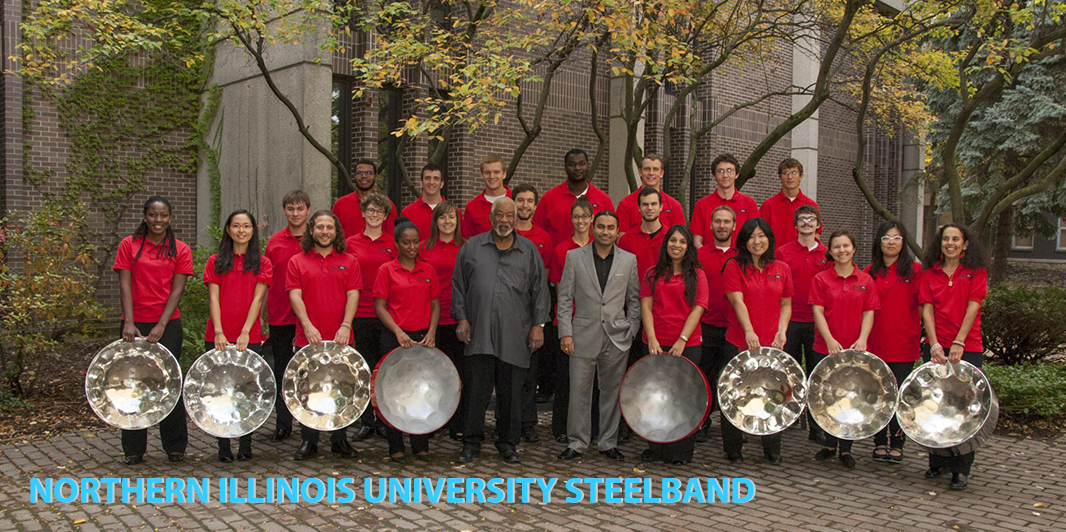
NIU STEELBAND
NIU Steelband was founded by G. Allan O’Conner in 1973 as the first steelband to form in an American university. Under the direction of Liam Teague, this 35-member band has the privilege of playing for public schools, conventions and other colleges and universities. Northern Illinois University is one of few institutions that offer steel pan as a instrument major for students pursuing a degree in music.
This will be there second performance with the Chicago Sinfonietta.
NIU Steelband was founded by G. Allan O’Conner in 1973 as the first steelband to form in an American university. Under the direction of Liam Teague, this 35-member band has the privilege of playing for public schools, conventions and other colleges and universities. Northern Illinois University is one of few institutions that offer steel pan as a instrument major for students pursuing a degree in music.
This will be there second performance with the Chicago Sinfonietta.

LIAM TEAGUE
Liam Teague is Professor of Music and Head of Steelpan Studies at Northern Illinois University. A native of Trinidad and Tobago, Teague has had the pleasure of traveling the world showcasing the mesmerizing sound of the steelpan. He has performed with a diverse group of ensembles including the National Symphony Orchestra, Taiwan National Symphony, Czech National Symphony, Panama National Symphony, Indiana University Symphonic Band as well as the Chicago Sinfonietta.
Liam is an accomplished composer and has made successful arrangements of popular works that are published with MaumauMusic, PanPress and RamajayMusic. He also "serves as a musical arranger for the PCS Nitrogen Silver Stars Steel Orchestra for Panorama, the most celebrated steelband competition in the world.”
Liam Teague is Professor of Music and Head of Steelpan Studies at Northern Illinois University. A native of Trinidad and Tobago, Teague has had the pleasure of traveling the world showcasing the mesmerizing sound of the steelpan. He has performed with a diverse group of ensembles including the National Symphony Orchestra, Taiwan National Symphony, Czech National Symphony, Panama National Symphony, Indiana University Symphonic Band as well as the Chicago Sinfonietta.
Liam is an accomplished composer and has made successful arrangements of popular works that are published with MaumauMusic, PanPress and RamajayMusic. He also "serves as a musical arranger for the PCS Nitrogen Silver Stars Steel Orchestra for Panorama, the most celebrated steelband competition in the world.”

FAYE SEEMAN
Faye has recorded an array of music including her first album Near to Heaven. She dedicated this CD, which features several original compositions along with transcribed favorites, to refugee families from Napel through a nonprofit agency called Exodus World Service. She donated the proceeds of her work to helping families come to the United States. Later on, Faye learned that Nepal translates into “Nearer to heaven."

CERQUA RIVERA DANCE THEATRE
Since 1999 Cerqua Rivera Dance Theatre has been serving Chicago well with their mission to fuse music, dance and visual art to explore and celebrate contemporary American society. They are known for their collaborations between each art form that births thoughtful, vivacious and exuberant theatrical performances.
In 2015, they began Inside/Out, a program that is dedicated to engaging their audience. This program has helped reach over 19,000 people each year, and adds to the work that they are doing by reaching the community and establishing togetherness beyond differences.
Since 1999 Cerqua Rivera Dance Theatre has been serving Chicago well with their mission to fuse music, dance and visual art to explore and celebrate contemporary American society. They are known for their collaborations between each art form that births thoughtful, vivacious and exuberant theatrical performances.
In 2015, they began Inside/Out, a program that is dedicated to engaging their audience. This program has helped reach over 19,000 people each year, and adds to the work that they are doing by reaching the community and establishing togetherness beyond differences.

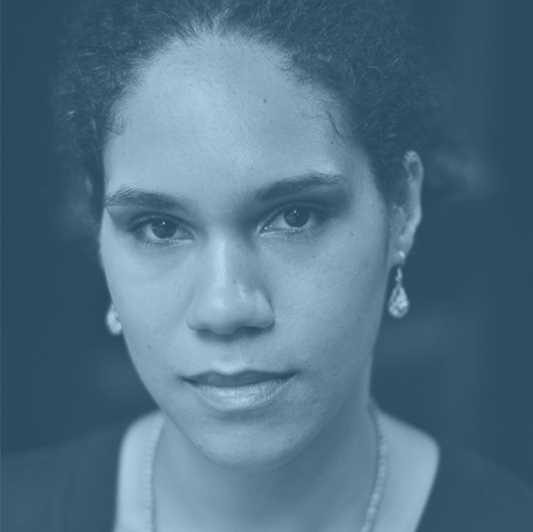
Maybe it’s because I grew up in New York City…or maybe it’s because the world seems to need more unity, harmony and solidarity than ever in my lifetime…but the idea of pairing or fusing seemingly opposing musical worlds has recently become a focus in my compositions.
- Jessie Montgomery, Composer
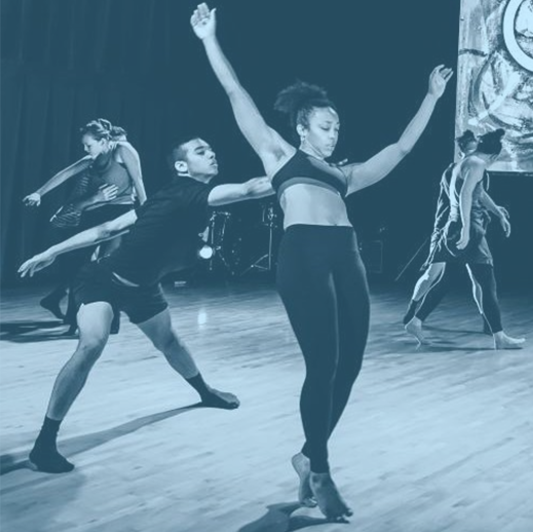
Coincident Dances is an expression of a profoundly multicultural environment where a simple walk to the market could entail you passing by a multitude of sounds and experiences overlapping each other. It is a fusion of several sound-worlds: English consort, samba, Mbira (the African thumb piano), dance music from Zimbabwe, swing and even 21st century techno. The result, as Montgomery envisions it, is a multicultural dance mix where the orchestra plays the part of DJ.

Rondo Alla Turca, also known as the 'Turkish March' was originally the third movement of Mozart’s Piano Sonata No. 11 K331 . This work is heavily influenced by Turkish Janissary marching bands, which are the oldest form of military marching bands. These bands reflected the political climate of the Viennese during the 17th and 18th centuries.
Listen to the famous 'Yine de Şahlanıyor Aman' (There the horse rears again) delivered by a march band and chorus, and see if you can hear Mozart's famous tune ----->.
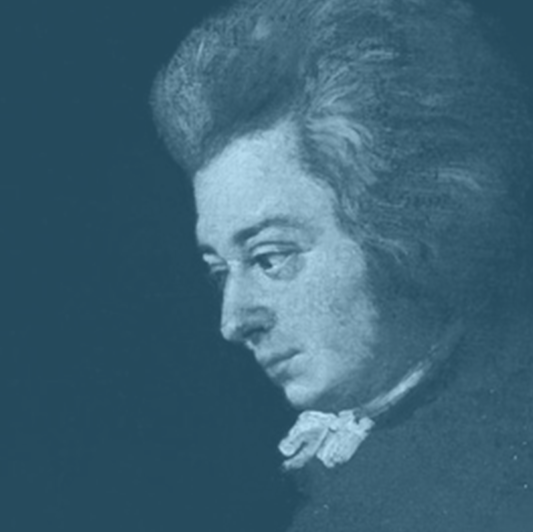
Rondo Alla Turca was one of Mozart's best-known works. From it's original inception for piano to the commonly know orchestration, in true Chicago Sinfonietta fashion, we will #RedefineClassical presenting a rendition featuring the NIU steelband.
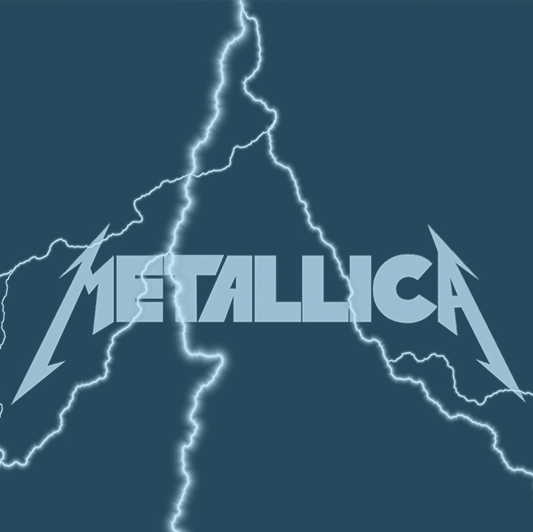
Harpist and Composer Faye Seeman was inspired to write Fayed to Blue while listening to her son, Cully, practice a guitar solo from a song titled Fade to Black, by Metallica, the metal band. Originally written for harp solo, this work was later expanded for the Pangelic harp and steel pan duo.
For this season opener this work will make its first debut performance arranged for harp, pan and orchestra.
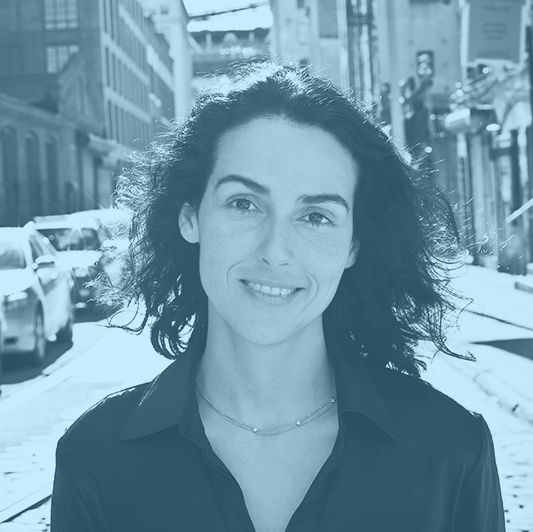
This presentation of Sin Fronteras (No Boundaries) is a collaborative piece by Clarice Assad and one of Cerqua Rivera's founders, Wilfredo Rivera. This piece will highlight Latin American culture as well as Jazz music, two very familiar components known to us here at the Sinfonietta.

Sin Fronteras emerged from an utopian state of mind in which Clarice found herself one day, daring to erase imaginary lines that has disconnected humanity geographically, culturally and morally for thousands of years. As a South American woman living in the United States for two decades, Clarice takes us on a journey in this storytelling piece to show us how distinct cultures coming into contact for the first time, can collectively begin to aggregate each other's ethnic fragments into their own culture-spheres to create something new - while still preserving their original roots.
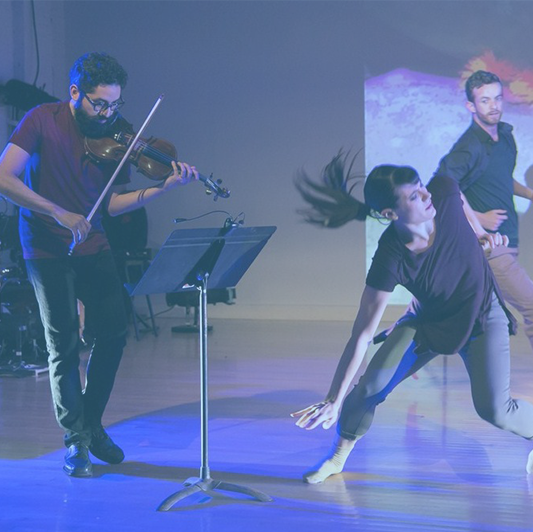
Cerqua Rivera performances boast the theatricality of a Broadway review, the slyness of late-night cabaret, and the exuberance of a jam session.-- Sylvia Perez, ABC Channel 7


